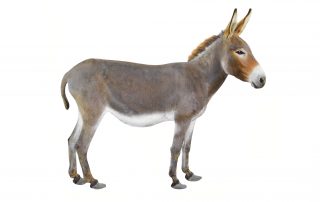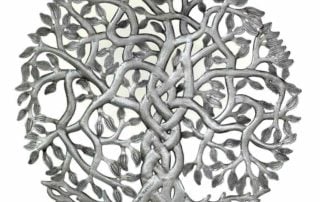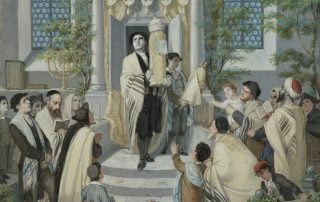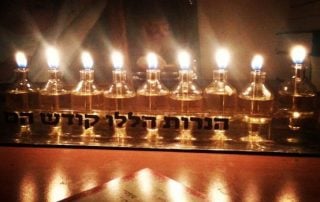Three Donkeys
And Abraham rose early in the morning, and saddled his ass.Geneses 22:3 And Moses took his wife and his sons, and set them upon the ass, and he returned to the land of Egypt.Exodus 4:20 Behold, thy king cometh unto thee, he is triumphant, and victorious, lowly, and riding upon an ass.Zechariah 9:9 The Torah tells us of a famous donkey riding through biblical history—Abraham used it; Moses used it; Mashiach will use it in the future.[1] In Hebrew, an “ass” or a “donkey” is chamor. In the verse in Exodus, Moses set his wife and children on the donkey—ha-chamor. The donkey means a known donkey. How is it known? Rashi states, based on the midrash Pirke d’Rabbi Eliezer, that this is the same donkey that Abraham saddled with wood on the way [...]






